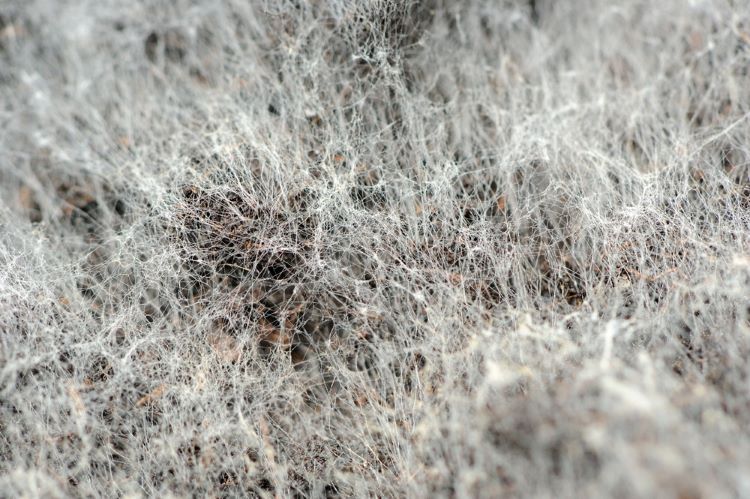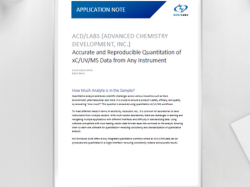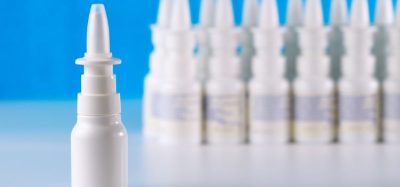Mould study highlights safer far-UVC light cleaning alternative
Posted: 18 March 2024 | Catherine Eckford (European Pharmaceutical Review) | No comments yet
Research suggests that to prevent common mould growth, low-dose far-UVC light could be applied as a chemical-free addition to manual cleaning of indoor surfaces.


A study has determined that intermittent low-intensity far-UVC light can inhibit mould growth below the threshold limit value of 23 mJ/cm2.
At 222nm, far-UVC light was shown to prevent development of common mould-producing fungi, specifically Penicillium candidum.
The on-off duty cycle pattern of the far-UVC light used in the study is “consistent with its use in real-world settings”, the corresponding paper stated.
The main benefit of far-UVC light is that it can inactivate microorganisms while remaining safe for humans, according to the authors. Conventional UVC light is “well-known for its antimicrobial properties” and as such is “typically administered in one large dose while no people are present or used for upper-room decontamination”, the authors explained.
Yet the study showed that using low-intensity far-UVC light “significantly inhibited both vertical and horizontal growth of P. candidum”, the paper showed. As such, it suggested that the method is beneficial for reducing or preventing mould growth in the air, even in the presence of people.
The authors highlighted that because “indoor mould growth increases the risk of high concentrations of airborne spores, preventing growth on indoor surfaces is crucial to securing indoor air quality”.
A safer approach to preventing mould growth
far-UVC light at 222nm has potential in protecting indoor environments and public health by inhibiting mould growth on indoor surfaces”
In contrast, the study findings emphasises how far-UVC light at 222nm has potential “in protecting indoor environments and public health by inhibiting mould growth on indoor surfaces.”
Mogensen et al. described the process of the initial experiment on mould growth: “donor agar plates covered with P. candidum mycelium were placed in boxes with 80 percent humidity, and air movement was ensured by a fan to spread airborne spores. Sterile receiver agar plates were positioned adjacently to the donor plates, a far-UVC lamp was installed in the ceiling of each box.”
The authors added that the total UV irradiation doses amassed over 24 hours during each of three duty cycles were 100, 50, and 25 mJ/cm2, respectively. As a control, the far-UVC lamp was used as a control in the study. It was turned off in one of the boxes.
Inhibiting mould growth using low-dose far-UVC
Study findings
In total, 74 percent of the control plates showed visible mould growth, with an average of 21.7 percent of the agar surface being covered by mycelium four days after the initial colony appeared, the authors reported.
In contrast, none of the plates in the 100 or 50 mJ/cm2 conditions showed growth. Since the lowest dose of 25 mJ/cm2 was shown to have a comparable inhibitory effect to the higher doses, the assessment of this condition was repeated four times, according to the paper.
using far-UVC light in duty cycles is effective in preventing growth of P. candidum
“A third of the far-UVC-irradiated plates showed growth, but only as minor colonies, and the total surface area covered on any of the plates never exceeded one percent.” The authors wrote that this indicates using far-UVC light in duty cycles is effective in preventing of P. candidum mould growth.
In the first five days of the study, the most rapid growth increase was observed, the data revealed.
In the non-irradiated control condition, “no change was observed in the 20 mJ/cm2 condition”, according to Mogensen et al. This suggests that the growth of P. candidum is inhibited by far-UVC light at doses below the TLV of 23 mJ/cm2.
Conclusion
Mogensen et al. asserted that the results suggest that “far-UVC light can be a valuable tool in environments prone to mould attacks and could be used as a chemical-free supplement to manual cleaning”.
However, the authors noted that a limitation of the study is that it “does not address the effect of far-UVC light on airborne spores directly, and there is a probability that the doses used here are too low to have a significant effect on the spores”.
The paper describing the prevention of mould growth using the highlighted technique is available as a pre-print on medRxiv.









